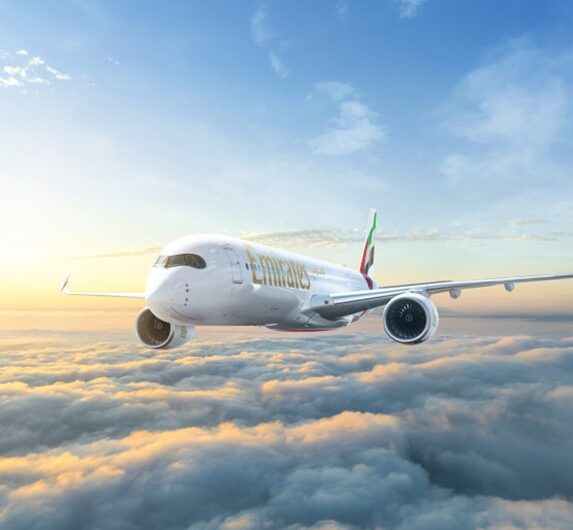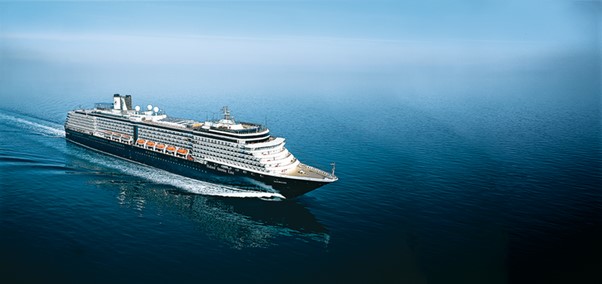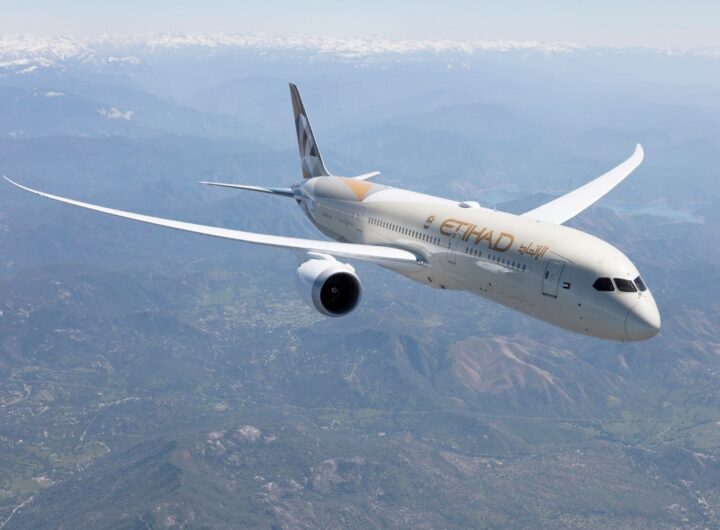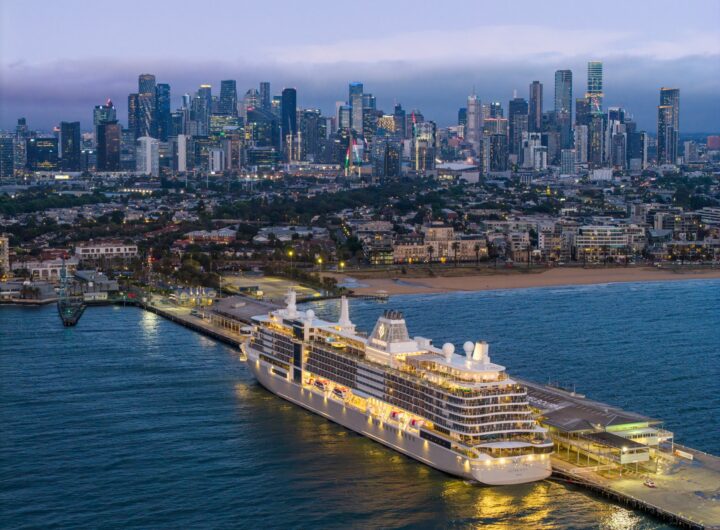
Picture: File
In a surprising turn of events, Australians are finally seeing a dip in airfares, thanks to lower jet fuel prices. The Australian Competition and Consumer Commission (ACCC) reports a 13.4% year-on-year drop in average revenue per passenger in December, which has sunk below pre-COVID levels.
However, it’s not all smooth sailing. Even the market’s cheapest flights are slightly pricier than those before December 2019. ACCC head Gina Cass-Gottlieb attributes this to the lower demand for domestic air travel and reduced jet fuel prices, offering travellers relief from the sky-high airfares of the past two years.
However, the industry is still grappling with service issues. Over the festive season, flight delays and cancellations were higher than usual, leading to widespread disappointment among consumers. Cass-Gottlieb acknowledges these high cancellation and delay rates as a significant concern.
In response to public criticism of national carrier Qantas, Treasurer Jim Chalmers has revived the ACCC’s airline sector monitoring, which had been paused during the pandemic. The ACCC plans to continue its quarterly report schedule, focusing on airline competition on key routes and passenger numbers.
Despite these challenges, the industry is moving beyond its recovery phase, with airlines operating at 95% of their pre-pandemic capacity in December. Over 4.8 million passengers took domestic flights at the end of the year, indicating a return to more typical seasonal trends.
However, airlines’ excuses, ranging from weather delays to air traffic controller shortages, fail to address the root cause of poor service standards. The ACCC identifies issues like pilot training and supply chain disruptions as factors within the airlines’ control contributing to these service problems.
On a brighter note, the entry of low-cost carrier Bonza into the Australian market has stirred up competition. The ACCC reports that half of the domestic passengers in December travelled on routes served by three or four competitive airlines, a promising sign for further price reductions.
Yet, with Qantas and Jetstar still flying over 60% of domestic passengers, the market concentration remains high. Meanwhile, newcomer Bonza has made a promising start, flying around 750,000 passengers on 35 routes in its first year, focusing on serving regional destinations.
 Emirates Soars to the Top Again, Winning ‘Best International Airline’ and More in 2025
Emirates Soars to the Top Again, Winning ‘Best International Airline’ and More in 2025  Holland America Line Invites Travellers to ‘Have It All’ with Early Booking Bonus for 2026-2027 Cruises
Holland America Line Invites Travellers to ‘Have It All’ with Early Booking Bonus for 2026-2027 Cruises  Etihad to Operate A350-1000 to Sydney From December 2025
Etihad to Operate A350-1000 to Sydney From December 2025  Air New Zealand and BETA Technologies Launch First Electric Aircraft in Tauranga
Air New Zealand and BETA Technologies Launch First Electric Aircraft in Tauranga  Supersonic Is Back: Boom Supersonic To Bring Fast Flights to the Skies by 2030
Supersonic Is Back: Boom Supersonic To Bring Fast Flights to the Skies by 2030  Silversea’s Silver Nova Sets Sail on Grand Voyage Australia 2025: The Ultimate 47-Day Luxury Circumnavigation
Silversea’s Silver Nova Sets Sail on Grand Voyage Australia 2025: The Ultimate 47-Day Luxury Circumnavigation  Dream of the Desert: The World’s Most Beautiful Luxury Train Set to Cross Saudi Arabia
Dream of the Desert: The World’s Most Beautiful Luxury Train Set to Cross Saudi Arabia  Royal Caribbean Sets the Scene for an Unforgettable Summer in Europe 2027
Royal Caribbean Sets the Scene for an Unforgettable Summer in Europe 2027  AI Revolutionises Private Jet Charter as Luxury Travellers Seek Exclusivity Away from Crowded Airports
AI Revolutionises Private Jet Charter as Luxury Travellers Seek Exclusivity Away from Crowded Airports 